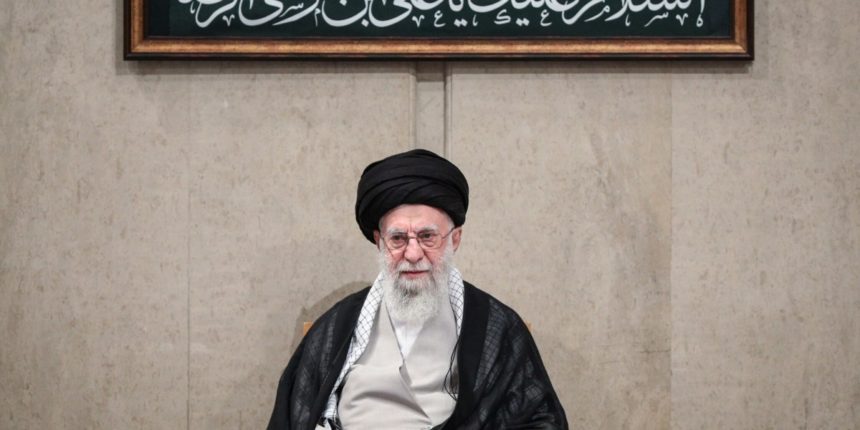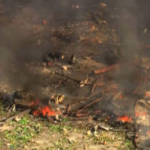How Tehran’s theocracy responds in the weeks and months ahead, whether that means lashing out or trying to rebuild its hobbled economy at home, will be crucial.
“Undoubtedly this is a not a proud moment for Iran,” said Ali Vaez, the Iran project director at the International Crisis Group. “Its alliance system in the region is in ruins but it doesn’t mean that the ‘Axis of Resistance’ is no more.”
Iranian state media has sought to describe the Gaza ceasefire as a victory for Hamas, despite the war destroying the Gaza Strip and killing over 67,000 Palestinians, according to Gaza’s Health Ministry, which doesn’t differentiate between civilians and combatants but says around half the dead are women and children.
Iran’s Foreign Ministry welcomed “any decision … that guarantees halting the genocide of Palestinians.” Iranian Foreign Minister Abbas Araghchi reiterated that on Saturday, telling state television that Hamas decided to accept the deal and that Tehran has “always supported any plan, any action that led to the halt of crimes, genocide” by Israel against the people of Gaza.
But perhaps more tellingly, an adviser to Iran’s 86-year-old Supreme Leader Ayatollah Ali Khamenei suggested the ceasefire would only lead to conflict elsewhere in the region.
“Iran has always focused on its interests, we do not have resources anymore, our economy has weakened,” said Tehran-based analyst Saeed Leilaz. “Our support to Hamas was a reaction to U.S. to divert conflicts from our borders.”
Others are less optimistic.
“Iran is like a bankrupt gambler after winning some small money in the first rounds,” said Amir Kazemi, a university student in Tehran. “When Hamas attacked Israel, Iran was happy about it. But now, after the ceasefire, Iran finds nothing in its pocket.”
The peak of the “Axis of Resistance” came in the chaotic years after the 2003 U.S.-led invasion of Iraq and Yemen’s subsequent collapse into a civil war. Then, it could count on Hezbollah, Syrian autocrat Bashar Assad, the Houthis, Iraqi militant groups and even Hamas — a Sunni militant group.
Today, the Mideast looks far different.
“The ceasefire is reflective of Tehran’s collapsing regional clout following the unraveling of its long-powerful ‘Axis of Resistance’ since 2024,” said Ali Fathollah-Nejad, the director of the Berlin-based Center for Middle East and Global Order. “The ceasefire will free Israeli military capacities that would now be used against Iranian interests — whether in Lebanon against Hezbollah or directly against Iran.”
For his part, Trump seized on Iran accepting the ceasefire as “terrific” news. However, there’s been no move toward renewed public negotiations with Tehran over its nuclear program.
“Time is not on Iran’s side but their problem is no one is really giving them an exit ramp,” Vaez said. But whether Tehran would take the ramp also remains in question as its leaders still debate what turn to now take.









